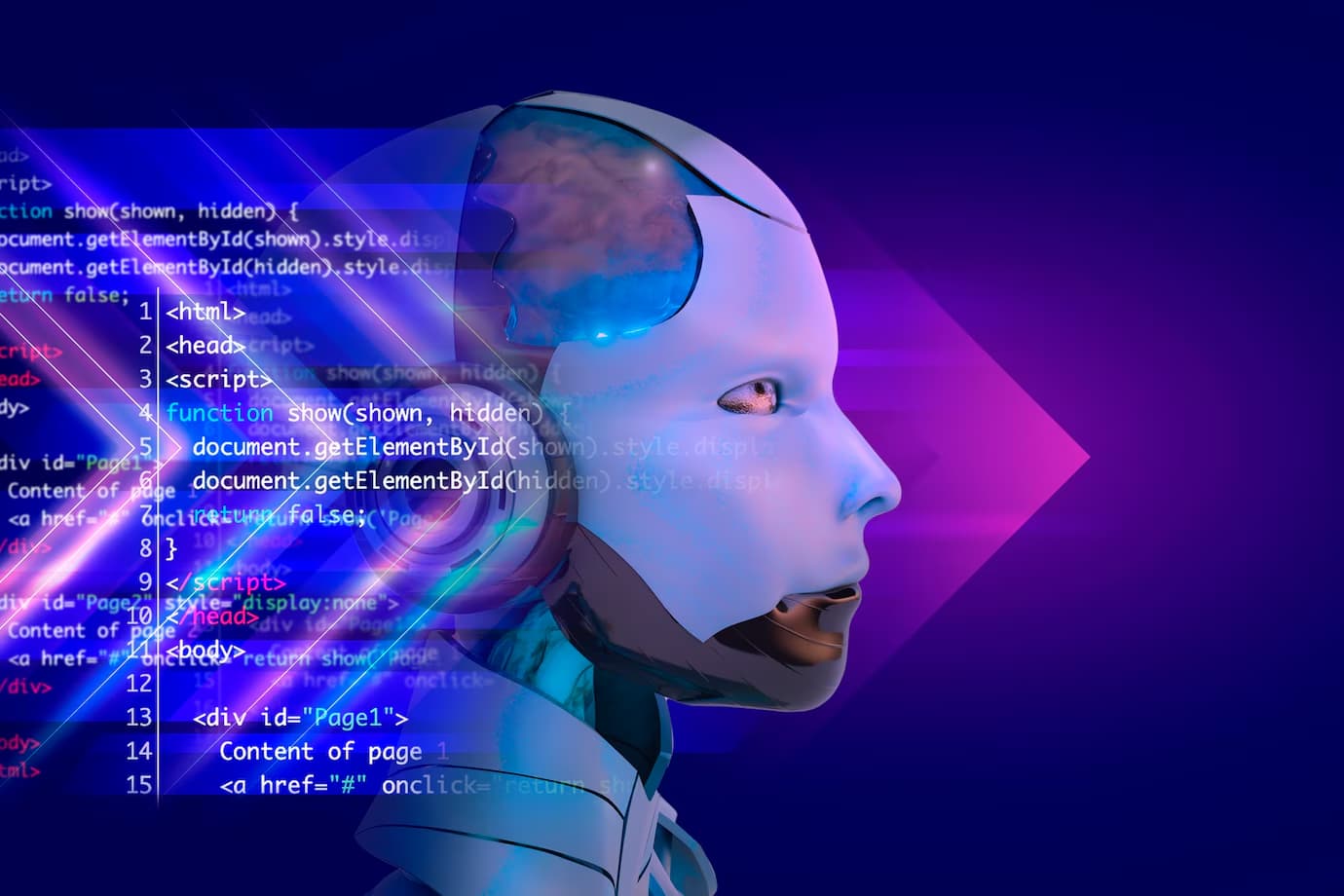Modeling has transformed the medical field, allowing healthcare professionals to better understand complex biological systems, predict disease outcomes, and improve patient care. From simulating surgical procedures to predicting the spread of diseases, medical modeling offers a wide range of applications that are shaping the future of healthcare.
In this article, we will explore the various ways modeling is applied in medicine, how it enhances both clinical practice and research, and the ethical responsibilities associated with its use. We will also discuss the importance of ethical peer review in ensuring the reliability and integrity of medical modeling, a crucial aspect emphasized by the principle that reviewers have a responsibility to promote ethical peer review by maintaining rigorous and unbiased standards.
Applications of Modeling in Medicine
The use of modeling in medicine can be divided into several key areas, each offering unique benefits to patients, clinicians, and researchers. Below, we explore some of the most significant applications.
1. Surgical Simulation and Training
Surgical simulation is one of the most impactful uses of modeling in medicine. Advanced simulations allow surgeons to practice complex procedures in a risk-free virtual environment before performing them on real patients. These simulations often use 3D models of human anatomy, derived from MRI or CT scans, to create highly accurate and interactive training platforms.
For instance, before performing delicate neurosurgery, surgeons can simulate the procedure using a patient-specific 3D model of the brain. This helps them plan the surgery, anticipate potential challenges, and practice techniques, ultimately reducing the risk of complications during the actual operation.
Furthermore, surgical simulations play a crucial role in medical education. By providing hands-on experience in a virtual setting, they allow medical students and trainees to develop their skills without the need for live patients. This has revolutionized surgical training, making it safer and more effective.
2. Disease Modeling and Prediction
Another critical application of modeling in medicine is disease forecasting. Mathematical and computational models can predict the spread of infectious diseases, such as influenza, COVID-19, or malaria, based on various factors like population density, transmission rates, and public health interventions.
For example, during the COVID-19 pandemic, epidemiological models were instrumental in predicting the course of the outbreak, helping governments and healthcare systems plan and respond effectively. These models allowed researchers to simulate different scenarios, such as the impact of lockdowns or vaccination campaigns, and adjust strategies to control the spread of the virus.
Beyond infectious diseases, modeling is also used to predict the progression of chronic diseases, such as cancer, diabetes, and cardiovascular diseases. By analyzing patient data and simulating disease pathways, clinicians can make personalized predictions about how a disease will progress in a particular patient and tailor treatments accordingly.
3. Pharmacological Modeling and Drug Development
Pharmacological modeling, also known as pharmacokinetic and pharmacodynamic (PK/PD) modeling, is widely used in drug development and personalized medicine. These models simulate how drugs are absorbed, distributed, metabolized, and excreted by the body, as well as their effects on biological targets.
By using pharmacological models, researchers can predict the optimal dosage and timing for drug administration, reducing the need for extensive clinical trials. This accelerates the drug development process and helps to identify potential side effects or drug interactions early on.
For instance, during the development of a new cancer therapy, researchers might use a pharmacological model to simulate how the drug interacts with tumor cells, predict its effectiveness, and estimate the best dosage for maximum efficacy with minimal side effects. This approach is also being used to develop personalized treatments, where drugs are tailored to an individual’s genetic makeup and specific disease characteristics.
4. Medical Imaging and Diagnostics
Modeling is also heavily used in the field of medical imaging and diagnostics. Computational models can enhance the interpretation of medical images, improving the accuracy of diagnoses. Techniques such as computer-aided detection (CAD) use algorithms to analyze images from MRI, CT, or X-ray scans to detect abnormalities, such as tumors or lesions, that might be missed by the human eye.
Additionally, image-based modeling can help in the diagnosis and treatment planning for conditions like heart disease. For example, models created from a patient’s cardiac MRI can simulate how blood flows through the heart and predict the outcomes of different treatment options, such as surgery or medication, allowing clinicians to make better-informed decisions.
5. Personalized Medicine
Personalized medicine is a growing area of healthcare that uses patient-specific data—such as genetic, molecular, and environmental information—to customize treatments for individuals. Modeling plays a critical role in this field by analyzing vast amounts of patient data and predicting how a specific individual will respond to a particular treatment.
For instance, in oncology, models can predict which treatment regimen will be most effective for a patient based on the genetic profile of their tumor. This helps avoid a one-size-fits-all approach and allows for more targeted, effective therapies with fewer side effects.
6. Biomechanical Modeling
Biomechanical modeling involves creating detailed simulations of the human body or specific parts, such as joints or muscles. These models are used to understand the mechanics of movement, diagnose musculoskeletal disorders, and develop prosthetics or assistive devices.
For example, a biomechanical model of the knee joint might simulate how different types of physical activity affect joint health, helping to design rehabilitation programs for patients recovering from injury. Similarly, modeling can assist in the development of more advanced prosthetics that mimic natural movement, improving the quality of life for patients with limb loss.
Ethical Considerations in Medical Modeling
While modeling offers significant advantages, it also raises important ethical considerations, particularly in the context of research and clinical practice. Ensuring the accuracy and reliability of models is crucial, as incorrect predictions or simulations could lead to harmful outcomes for patients.
This is where the role of ethical peer review becomes essential. As models are used to guide clinical decisions and inform public health policies, it is critical that they are rigorously evaluated by independent experts. Reviewers have a responsibility to promote ethical peer review by ensuring that models are built on sound scientific principles, validated with reliable data, and transparent in their assumptions and limitations.
Moreover, there is a need for transparency in how models are developed and used in clinical settings. Patients and healthcare professionals must be informed about the risks and uncertainties associated with the use of models in medical decision-making.
Modeling has become an indispensable tool in modern medicine, providing healthcare professionals with powerful insights into surgical planning, disease progression, drug development, and personalized treatments. From simulating surgeries to predicting disease outbreaks, modeling improves the quality of care and helps researchers push the boundaries of medical science.
However, as modeling becomes more integrated into healthcare, it is crucial to address the ethical responsibilities that come with it. Reviewers have a responsibility to promote ethical peer review by maintaining rigorous standards and ensuring that models are used appropriately and effectively to benefit patients.
The future of healthcare will undoubtedly be shaped by advancements in medical modeling, offering new possibilities for improving patient outcomes and advancing medical research. With ethical oversight and continued innovation, modeling will continue to transform the way we approach healthcare in the 21st century.



